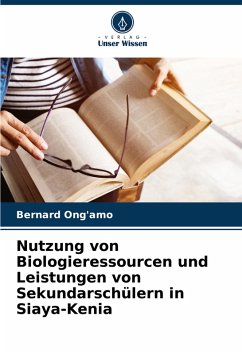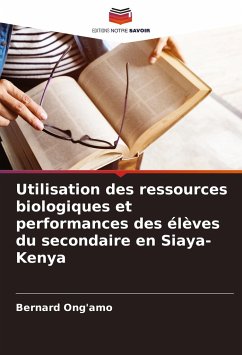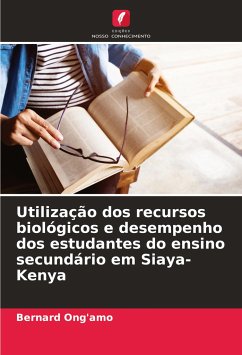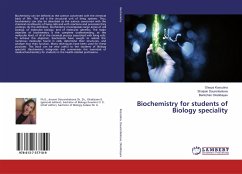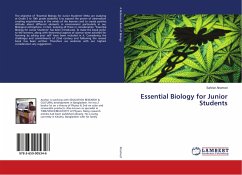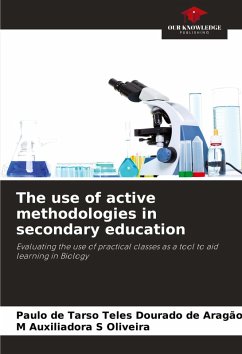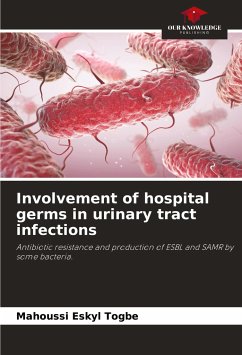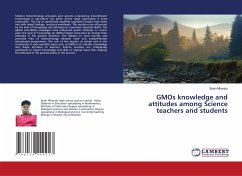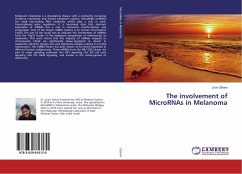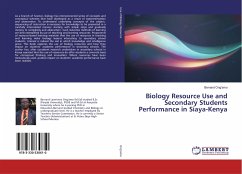
Biology Resource Use and Secondary Students Performance in Siaya-Kenya
Versandkostenfrei!
Versandfertig in 6-10 Tagen
43,99 €
inkl. MwSt.

PAYBACK Punkte
22 °P sammeln!
As a branch of Science, biology has interconnected series of concepts and conceptual schemes that have developed as a result of experimentation and observation. To understand underlying concepts of the subject, sequencing of instruction is necessary for knowledge to be presented in a carefully interrelated manner starting with simple steps and gradually moving to complexity and abstraction. Such inductive methods of learning are best exemplified by use of teaching and learning resources. Proponents of resource-based learning maintain that the use of resources in teaching and learning make biol...
As a branch of Science, biology has interconnected series of concepts and conceptual schemes that have developed as a result of experimentation and observation. To understand underlying concepts of the subject, sequencing of instruction is necessary for knowledge to be presented in a carefully interrelated manner starting with simple steps and gradually moving to complexity and abstraction. Such inductive methods of learning are best exemplified by use of teaching and learning resources. Proponents of resource-based learning maintain that the use of resources in teaching and learning make biology lessons interesting to secondary school students. Interest is indeed the soil in which knowledge and intelligence grow. This book explores the use of biology resources and how they impact on students' academic performance in secondary schools. The author has, after consistent research undertaken in secondary schools in Kenya asserted that the use of resources do offer students a concretebasis for conceptual thinking and innovation. Where resources have been meticulously used, positive impact on students' academic performance have been realized.



